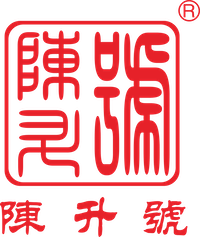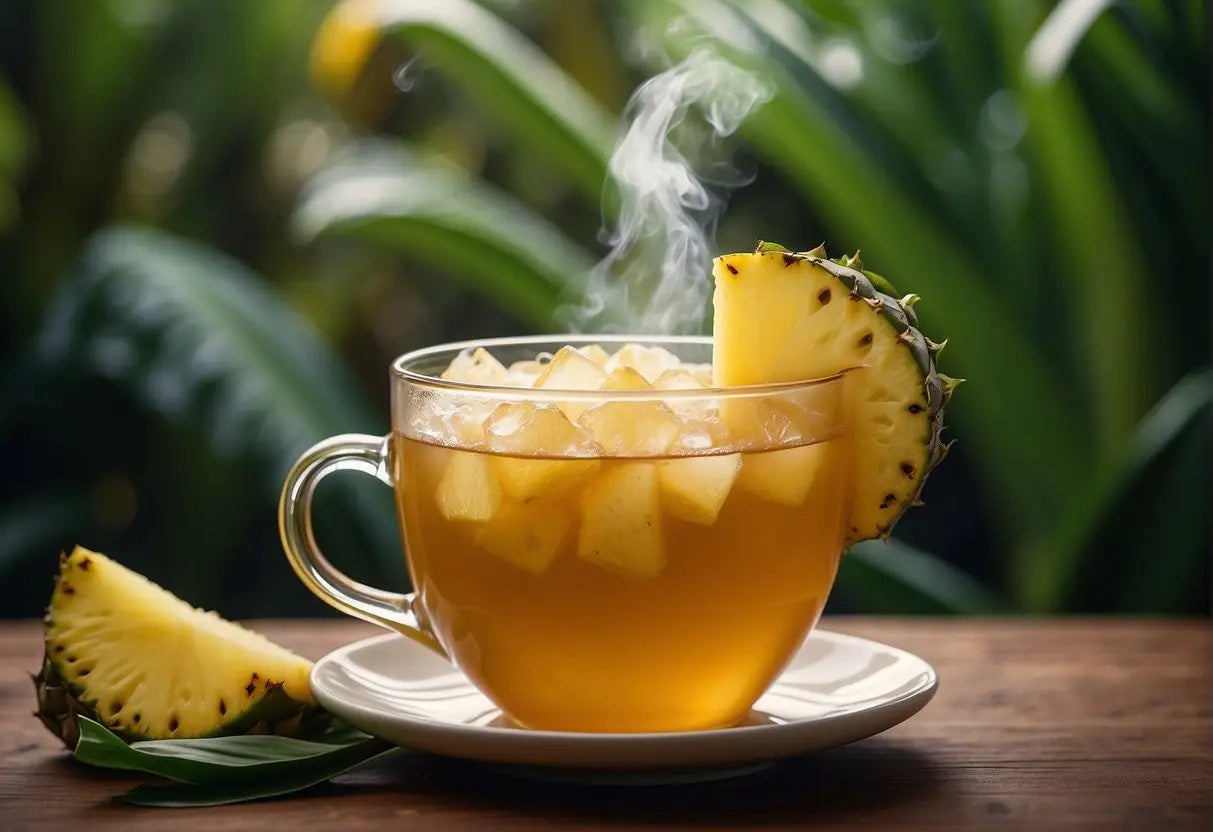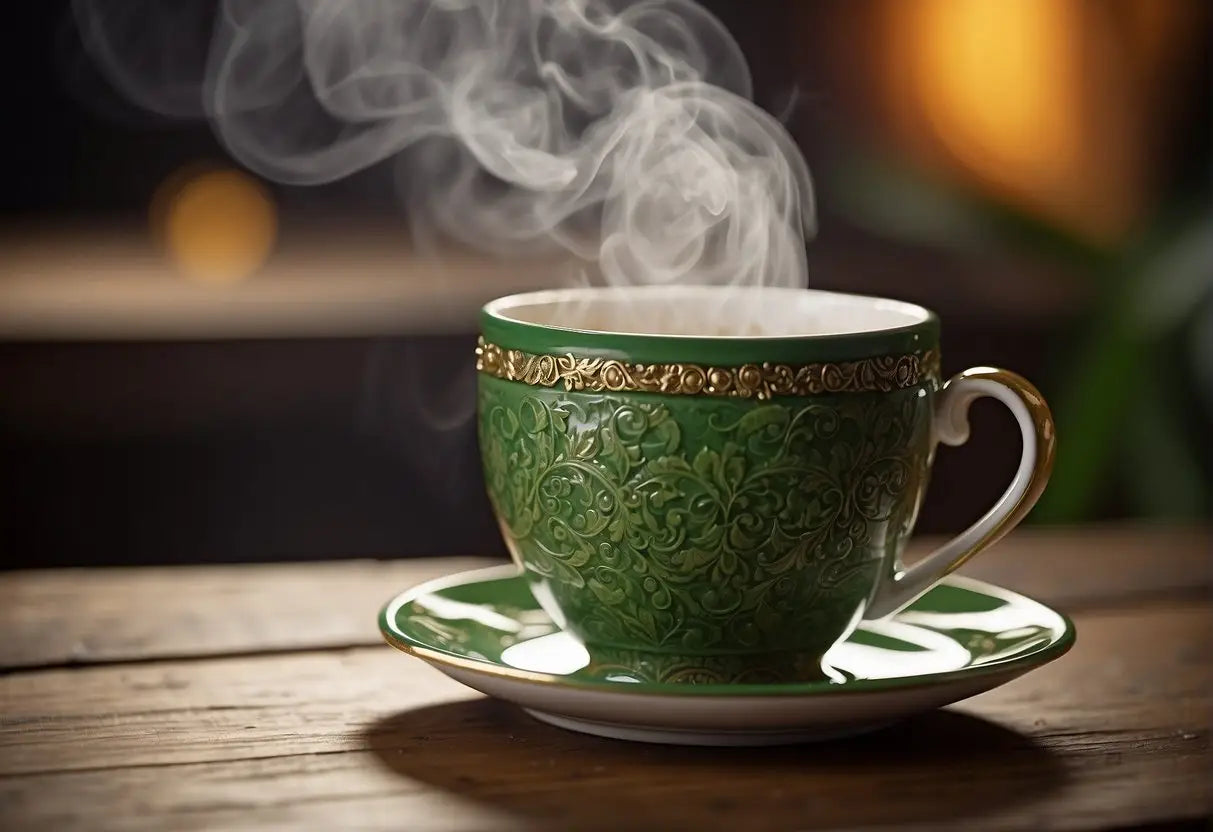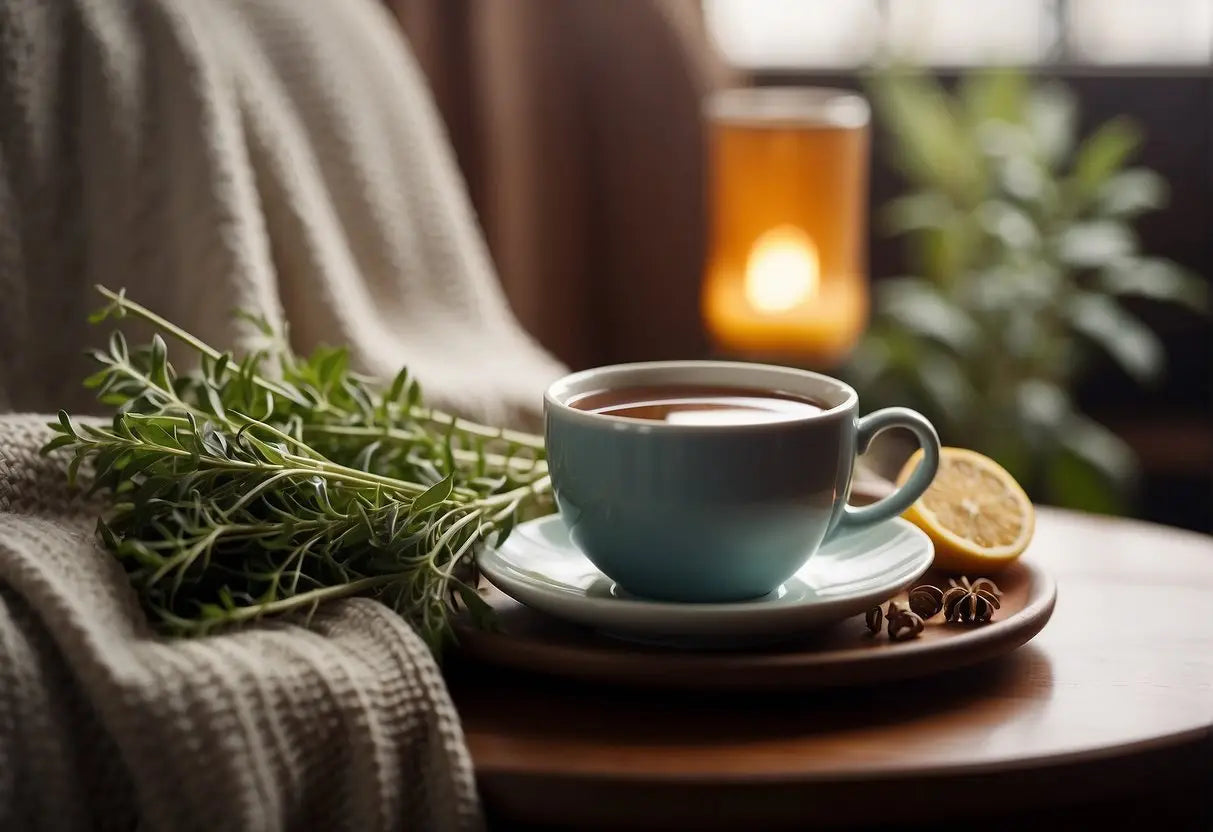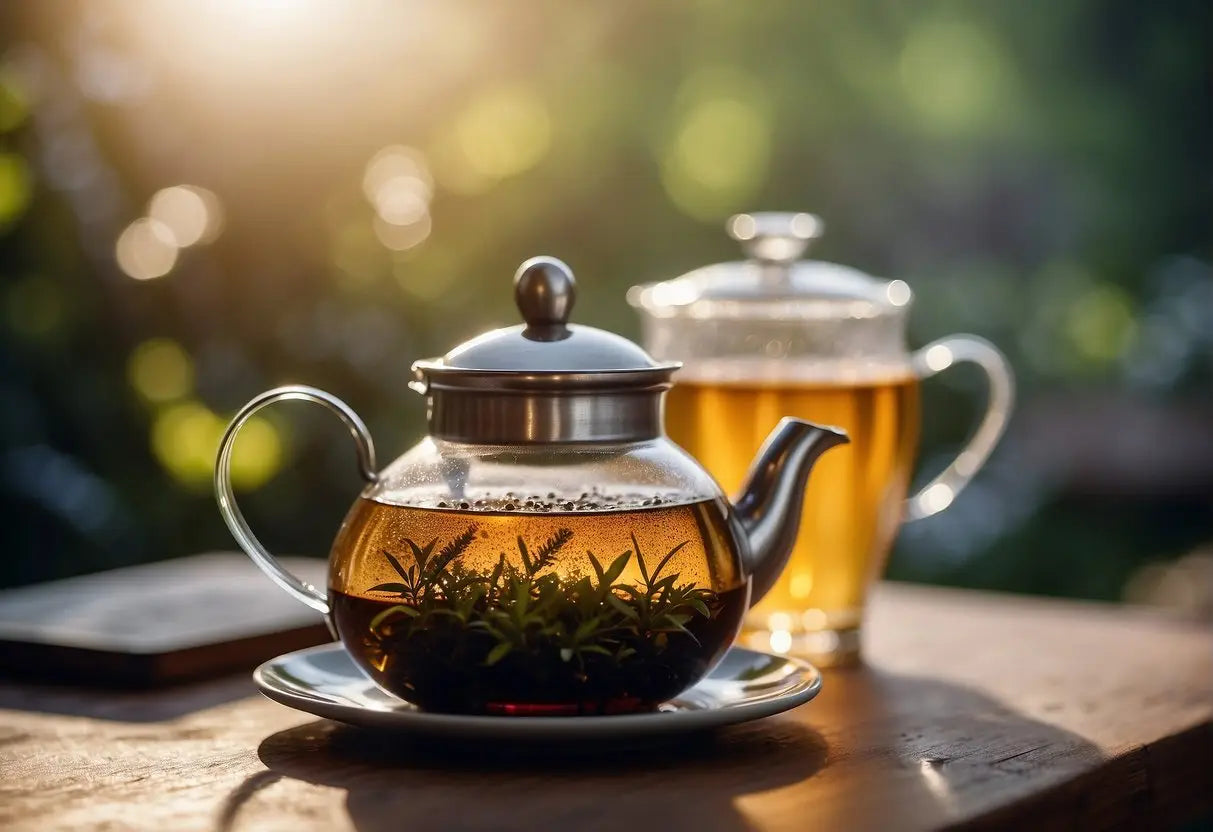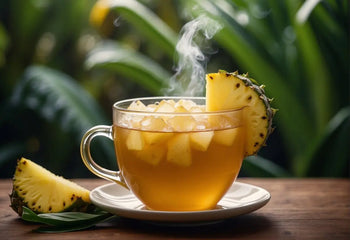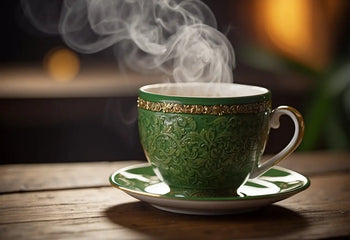What is Pineapple Tea Good for
Pineapple tea, which you can enjoy either hot or cold, has a variety of health benefits that may support your overall well-being. Its primary ingredient, pineapple, is known for its high vitamin C content, crucial for supporting your immune system. Vitamin C is also an antioxidant, which means it helps prevent damage from free radicals that can lead to chronic diseases. Another benefit is the presence of bromelain, an enzyme found in pineapple. Bromelain is known for its anti-inflammatory properties, which may help reduce swelling and pain for those with inflammatory conditions. Here's a breakdown of additional benefits: Digestive Health:...
What Does Mate Tea Taste Like
When you try mate tea, you'll notice its complex flavor profile. Made from the leaves of the Ilex paraguariensis plant, the taste is often described as: Earthy: You may recognize a robust, sometimes woody or herbal taste, akin to some green teas. Bitter: There's a decidedly bitter edge, much like black coffee, that is integral to its character. Grassy: Like green tea, you may detect fresh, grassy notes, especially in fresher batches. Sweet: Among the stronger flavors, a subtle sweetness can sometimes be evident, hinting at caramel. Mate is also rich in caffeine, which, while not a taste per se,...
What Tea is Good for Sciatica Pain
Shop our Pu Erh Tea collections! Sciatica refers to pain that radiates along the path of the sciatic nerve, which branches from your lower back through your hips and buttocks and down each leg. Commonly, sciatica affects only one side of your body and can vary in severity from mild to severe. It's typically caused by a bone spur on the spine, herniated disk, or narrowing of the spine that compresses part of the nerve, resulting in inflammation, pain, and often some numbness in the affected leg. Pain Management Strategies: Physical Therapy: Improves flexibility Strengthens back muscles Increases mobility Medications:...
How to Brew Loose Leaf Tea Without an Infuser
When brewing tea, loose leaf tea tends to offer a richer flavor and aroma compared to its bagged counterpart. The reason behind this is the quality of the leaf. Tea bags often contain smaller pieces of leaves or "fannings," which can result in a quick brew, but potentially a more bitter taste. In contrast, loose leaf tea is generally composed of larger, whole leaves, releasing their flavors more slowly for a more nuanced cup. Here are essential points to understand about loose leaf tea: Varieties: Loose leaf tea comes in several types such as black, green, white, oolong, and herbal....
Recent articles
